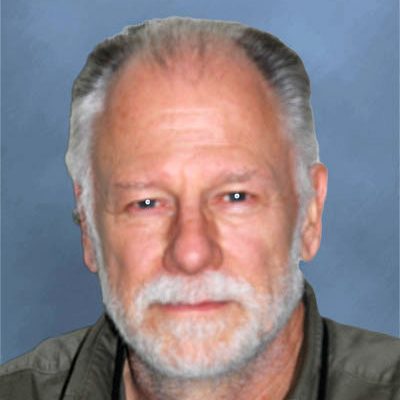
Microbial food chains in aquatic ecosystems, harmful algal blooms.
Ph.D., North Carolina State University
My current research activities are primarily focused on the use of molecular tools to address ecological questions in aquatic microbial ecology. One project is the development of a comprehensive assay of microbial bioindicators for environmental monitoring and assessment. A second addresses the use of molecular probes for detection and source tracking of waste inputs to streams. I also have an ongoing interest in the role of microbes in arctic lake food webs.
Marshall, M.M., R. Amos, V.C. Henrich, and P.A. Rublee. 2008. Metagenomic profiling of aquatic microbial communities using SSU rDNA sequences: Implications for environmental assessments. Ecological Indicators 7: In Press. (doi:10.1016/j.ecolind.2007.04.007 )
Park,T-G., E.M. Bell, I. Pearce, P.A. Rublee, C.J S. Bolch, and G.M. Hallegraeff. 2007. Detection of a novel ecotype of Pfiesteria piscicida (Dinophyceae) in an Antarctic saline lake by real-time PCR. Polar Biology 30:843-848 (doi:10.1007/s00300-006-0244-0).
Marshall, H.G., P.E. Hargraves, M. Elbrächter, J.M. Burkholder, M.W. Parrow, E.H. Allen, V.M. Knowlton, P.A. Rublee, W.L. Hynes, T.A. Egerton, D.L. Remington, K.B. Wyatt, K.J. Coyne, A.J. Lewitus, and V.C. Henrich. 2006. Taxonomy of Pfiesteria (Dinophyceae). Harmful Algae 5:481-496.(doi:10.1016/j.hal.2006.05.001)
Rublee, P.A., R. Nuzzi, R. Waters, and J.M. Burkholder. 2006. Pfiesteria piscicida and Pfiesteria shumwayae in coastal waters of Long Island, New York, U.S.A. Harmful Algae 5:374-379.(doi:10.1016/j.hal.2006.03.007).
Principles of Ecology (BIO 301)
Introductory Ecology Lab (BIO 302)
General Microbiology (BIO 481)
General Microbiology Lab (BIO 481L)
Advanced Topics in Microbiology (BIO 509)
Microbial Ecology (BIO 528)
Aquatic Ecology (BIO 529)
Symbiosis (BIO 560)